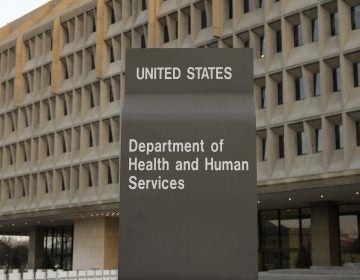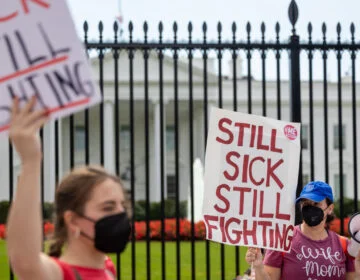CDC drops quarantine, screening recommendations for COVID-19
The changes are driven by a recognition that an estimated 95% of Americans 16 and older have acquired some level of immunity, either from being vaccinated or infected.
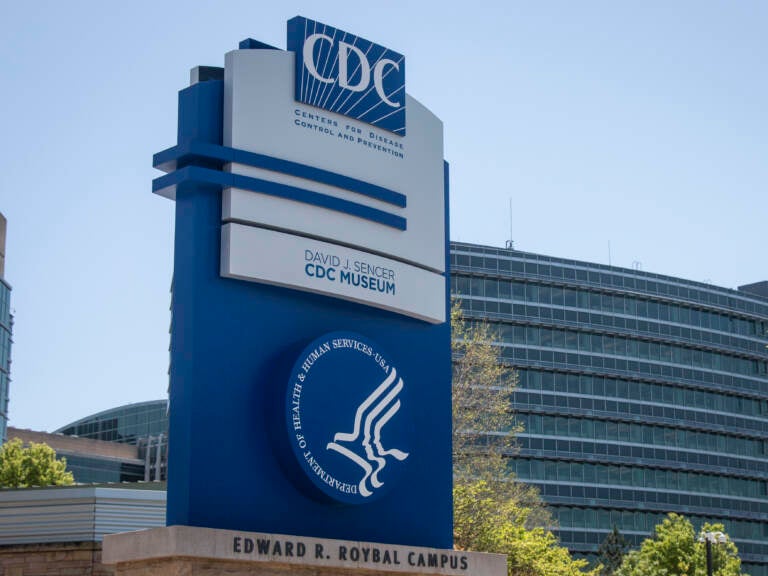
A sign at the entrance to the Centers for Disease Control and Prevention is seen on April 19 in Atlanta. (Ron Harris/AP)
The nation’s top public health agency relaxed its COVID-19 guidelines Thursday, dropping the recommendation that Americans quarantine themselves if they come into close contact with an infected person.
The Centers for Disease Control and Prevention also said people no longer need to stay at least 6 feet away from others.
The changes, which come more than 2 1/2 years after the start of the pandemic, are driven by a recognition that an estimated 95% of Americans 16 and older have acquired some level of immunity, either from being vaccinated or infected, agency officials said.
“The current conditions of this pandemic are very different from those of the last two years,” said the CDC’s Greta Massetti, an author of the guidelines.
Many places around the country long ago abandoned social distancing and other once-common precautions, but some of the changes could be particularly important for schools, which resume classes this month in many parts of the country.
Perhaps the biggest education-related change is the end of the recommendation that schools do routine daily testing, although that practice can be reinstated in certain situations during a surge in infections, officials said.
The CDC also dropped a “test-to-stay” recommendation, which said students exposed to COVID-19 could regularly test — instead of quarantining at home — to keep attending school. With no quarantine recommendation anymore, the testing option disappeared too.
Masks continue to be recommended only in areas where community transmission is deemed high, or if a person is considered at high risk of severe illness.
School districts across the U.S. have scaled back their COVID-19 precautions in recent weeks even before the latest guidance was issued. Some have promised a return to pre-pandemic schooling.
Masks will be optional in most districts when classes resume this fall, and some of the nation’s largest districts have dialed back or eliminated COVID-19 testing requirements.
Public schools in Los Angeles are ending weekly COVID-19 tests, instead making at-home tests available to families, the district announced last week. Schools in North Carolina’s Wake County also dropped weekly testing.
Some others have moved away from test-to-stay programs that became unmanageable during surges of the omicron variant last school year.
The American Federation of Teachers, one of the nation’s largest teachers unions, said it welcomes the guidance.
“Every educator and every parent starts every school year with great hope, and this year even more so,” President Randi Weingarten said. “After two years of uncertainty and disruption, we need as normal a year as possible so we can focus like a laser on what kids need.”
The new recommendations prioritize keeping children in school as much as possible, said Joseph Allen, director of Harvard University’s healthy building program. Previous isolation policies forced millions of students to stay home from school, he said, even though the virus poses a relatively low risk to young people.
“Entire classrooms of kids had to miss school if they were deemed a close contact,” he said. “The closed schools and learning disruption have been devastating.”
Others say the CDC is going too far in relaxing its guidelines.
Allowing students to return to school five days after infection, without proof of a negative COVID-19 test, could lead to outbreaks in schools, said Anne Sosin, a public health researcher at Dartmouth College. That could force entire schools to close temporarily if teachers get sick in large numbers, a dilemma that some schools faced last year.
“All of us want a stable school year, but wishful thinking is not the strategy for getting there,” she said. “If we want a return to normal in our schools, we have to invest in the conditions for that, not just drop everything haphazardly like we’re seeing across the country.”
The average numbers of reported COVID-19 cases and deaths have been relatively flat this summer, at around 100,000 cases a day and 300 to 400 deaths.
The CDC previously said that if people who are not up to date on their COVID-19 vaccinations come into close contact with a person who tests positive, they should stay home for at least five days. Now the agency says quarantining at home is not necessary, but it urges those people to wear a high-quality mask for 10 days and get tested after five.
The agency continues to say that people who test positive should isolate from others for at least five days, regardless of whether they were vaccinated. CDC officials advise that people can end isolation if they are fever-free for 24 hours without the use of medication and they are without symptoms or the symptoms are improving.
Also on Thursday, the Food and Drug Administration updated its recommendations for how many times people exposed to COVID-19 should test.
Previously, the FDA had advised taking two rapid antigen tests over two or three days to rule out infection. Now the agency recommends three tests.
FDA officials said the change was based on new studies that suggest the old protocol can miss too many infections and result in people spreading the coronavirus, especially if they don’t develop symptoms.
WHYY is your source for fact-based, in-depth journalism and information. As a nonprofit organization, we rely on financial support from readers like you. Please give today.
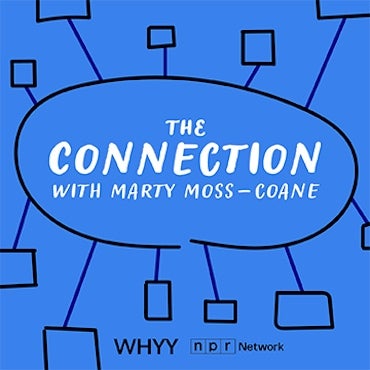

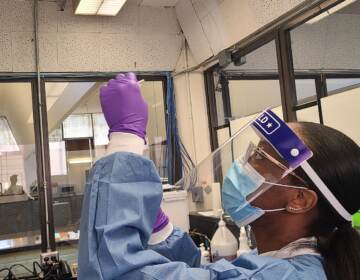

![CoronavirusPandemic_1024x512[1]](https://whyy.org/wp-content/uploads/2020/03/CoronavirusPandemic_1024x5121-300x150.jpg)
